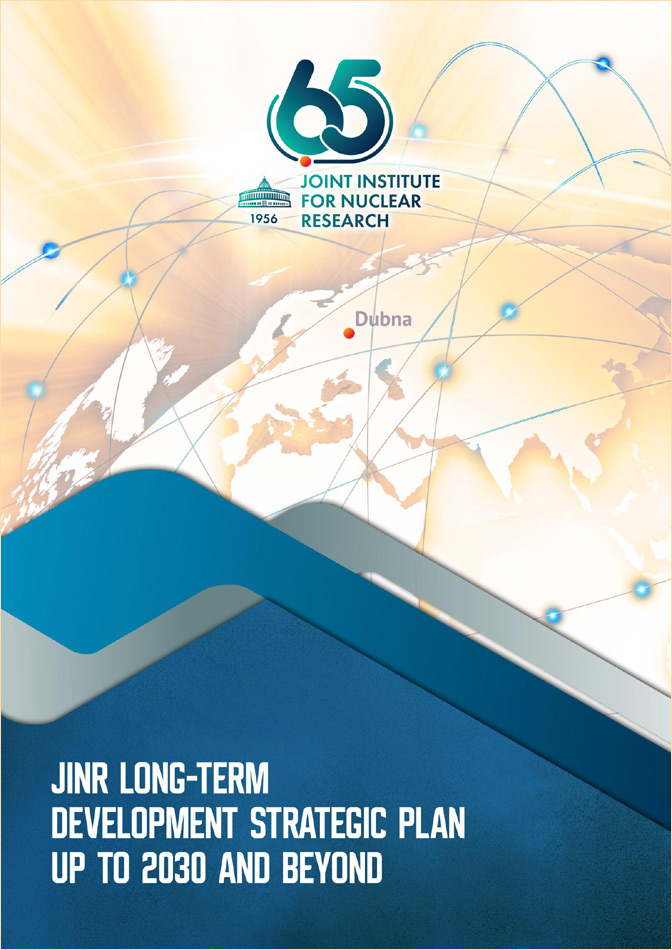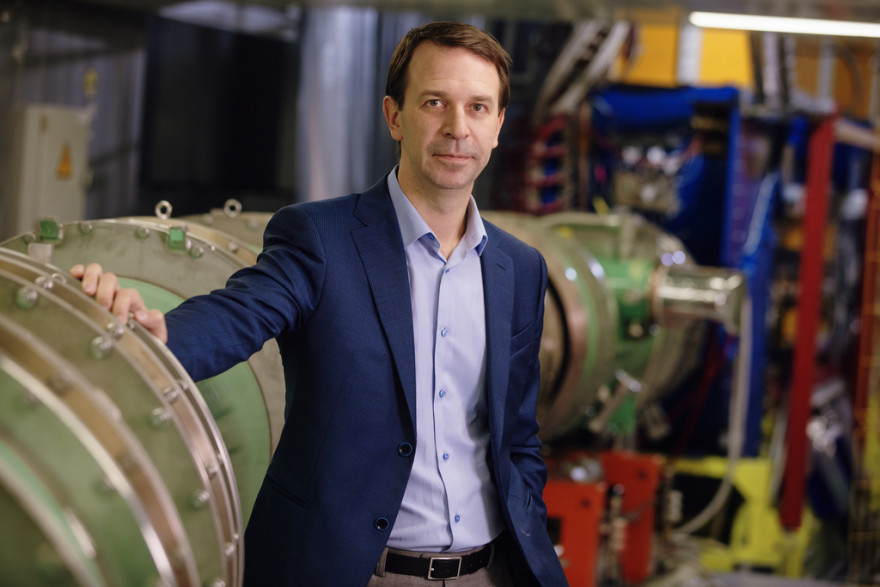JINR Long-Term Development Strategy up to 2030 and beyond
Organization, 21 April 2021
Foreword by JINR Director Academician Grigory Trubnikov:
The Joint Institute for Nuclear Research presents the JINR Long-Term Development Strategy up to 2030 and beyond (LTDS). JINR sees itself as part of a large global family of unique laboratories around the world. Membership in this club obliges the Institute to provide the highest quality of the scientific agenda, vision of distant horizons, wise planning, and to value cooperation — but most importantly — people who do science. For this reason, conceptual work on a Scientific Long-Term Plan (SLTP) as a nucleus of LTDS was started in 2017: we established an International Working Group of worldwide recognized experts. Visions of this Group and six Working Sub-Groups determined the subfields of modern Science to be addressed in the future at JINR: Low-Energy Nuclear Physics, Relativistic Heavy-Ion and Spin Physics, Particle and High-Energy Physics, Neutrino and Astroparticle Physics, Condensed Matter and Neutron Nuclear Physics, Radio- and Astrobiology, Nuclear Medicine, Theoretical Physics, Information Technologies & High-Performance Computing. The SubGroups had an ambitious and exciting challenge: to outline the most exciting physics today and tomorrow.
This document has already started its way to implementation: in 2020 the JINR International Scientific Council and the Committee of JINR Member States Plenipotentiaries approved the SLTP Concept and charged the directorate to continue the strategic planning towards development of the next JINR 7-year plan.
JINR’s strategy is designed to strengthen our common global scientific family. The LTDS will create sibling connections both to national research strategies and priorities of the JINR Member States and to the European Strategy for Nuclear Physics, the European and Worldwide Particle Physics Strategies, as well as to Global Strategies of Astroparticle Physics, Biophysics, Neutron Research and Big Data Initiatives.
The LTDS drafting has touched not only “pure science”, but also important aspects of scientific cooperation, human resources, social environment, digitalization and administrative issues, innovation policy, monitoring and indicator system: all essential issues define a modern dynamic international intergovernmental scientific organization. All this was the subject of very active discussions of the JINR Working Group for Expertise and Analysis in 2020.
On behalf of the JINR Directorate, I would like to thank everyone from JINR Member States and all over the world involved in drafting and approval of this document. Now we are facing a new challenge — by joint efforts we will move towards these ambitious and bright landmarks. We look forward to your continued support.
JINR Director
Grigory Trubnikov

